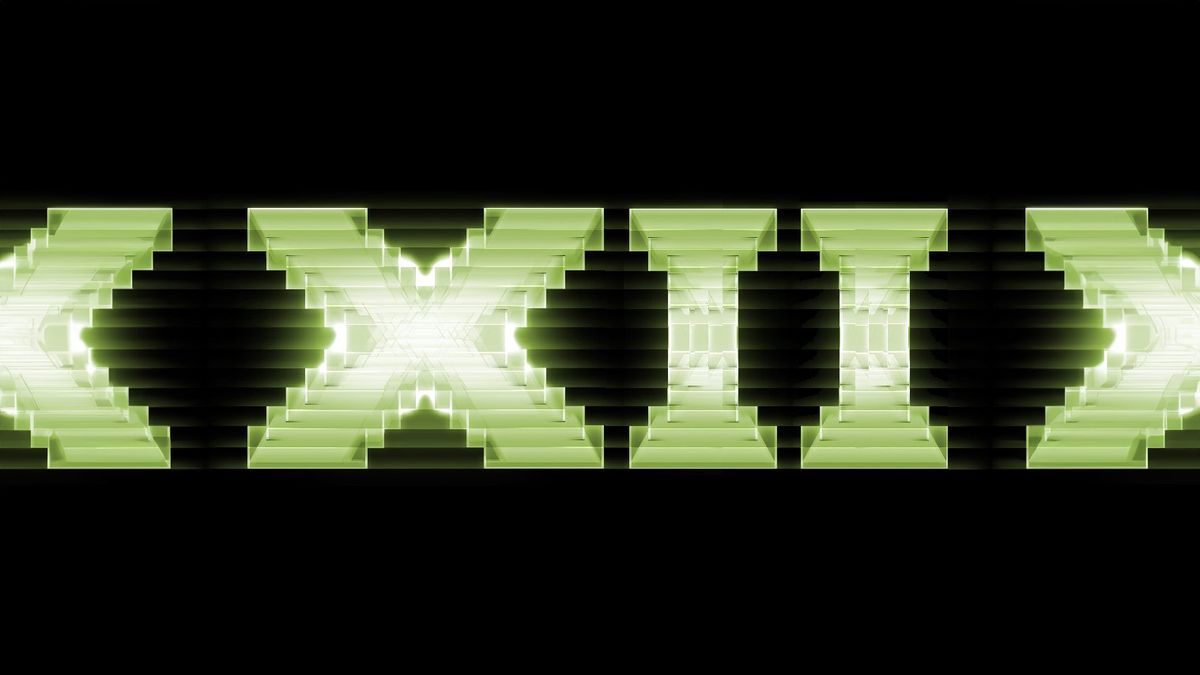AI power duo Microsoft and NVIDIA join forces to revolutionize game development — Here's how
Microsoft is working with NVIDIA to push neural rendering for game developers.

There's intriguing advancements ahead in the future for PC gaming.
In a recent blog post, Microsoft explained how the company is partnering with NVIDIA to support the latter's neural rendering software by bringing so-called cooperative vectors to DirectX. This means that NVIDIA's neural shaders will see better performance on RTX Tensor Cores when developers are using DirectX.
“Microsoft is excited to partner with NVIDIA to catalyze this next generation of graphics programming by bringing industry-wide support for neural shading technology,” adds Bryan Langley, partner group program manager of silicon, media, and graphics at Microsoft. “DirectX will soon support Cooperative Vectors, which will unlock the power of Tensor Cores on NVIDIA GeForce RTX hardware and enable game developers to fully accelerate neural shaders on Windows.”
Now, that post was a bit limited, as Microsoft didn't outline much for now beyond the use of cooperative vectors. Still, there's more to come, with sources indicating to Windows Central that Microsoft is continuing to push neural rendering research in order to benefit game development beyond what's been published so far.
What is neural rendering?
Neural rendering is essentially a family of methods that use artificial intelligence to improve software development, including through something called neural shaders, which allow developers to train their data in a number of ways.
For NVIDIA's current work, this is expanding through neural shaders, which brings neural network support to adjustable shaders. These neural shaders allow developers access to new technologies that can be used in a lot of ways, but by far one of the most intriguing possibilities is better texture compression, which would benefit game developers and players alike.
This means possibly saving on the amount of VRAM or system memory that a game may need in order to run. NVIDIA claims that neurally compressed textures can save up to 7 times as much space compared to normal compression methods.
Get the Windows Central Newsletter
All the latest news, reviews, and guides for Windows and Xbox diehards.
That's potentially a huge deal on the gaming side, as VRAM requirements in particular have blown up over the last year, requiring players to have higher-end hardware in order to run games at absolute max settings. In particular, NVIDIA's lower-end GPU lineup has come under a bit of scrutiny, with cards like the RTX 4060 not having enough VRAM for the price when playing the latest games like Indiana Jones and the Great Circle. All of this comes down to implementation and usage, but it'll be interesting to keep an eye alongside any future advancements from Microsoft.
NVIDIA is aiming to bring neural shaders to developers with its NVIDIA RTX kit sometime around the end of January. With the upcoming launch of the 50-series graphics cards, there's plenty to look forward to in PC gaming. More and more games are supporting new advanced technologies, such as path tracing in DOOM: The Dark Ages.

Samuel Tolbert is a freelance writer covering gaming news, previews, reviews, interviews and different aspects of the gaming industry, specifically focusing on Xbox and PC gaming on Windows Central. You can find him on Twitter @SamuelTolbert.